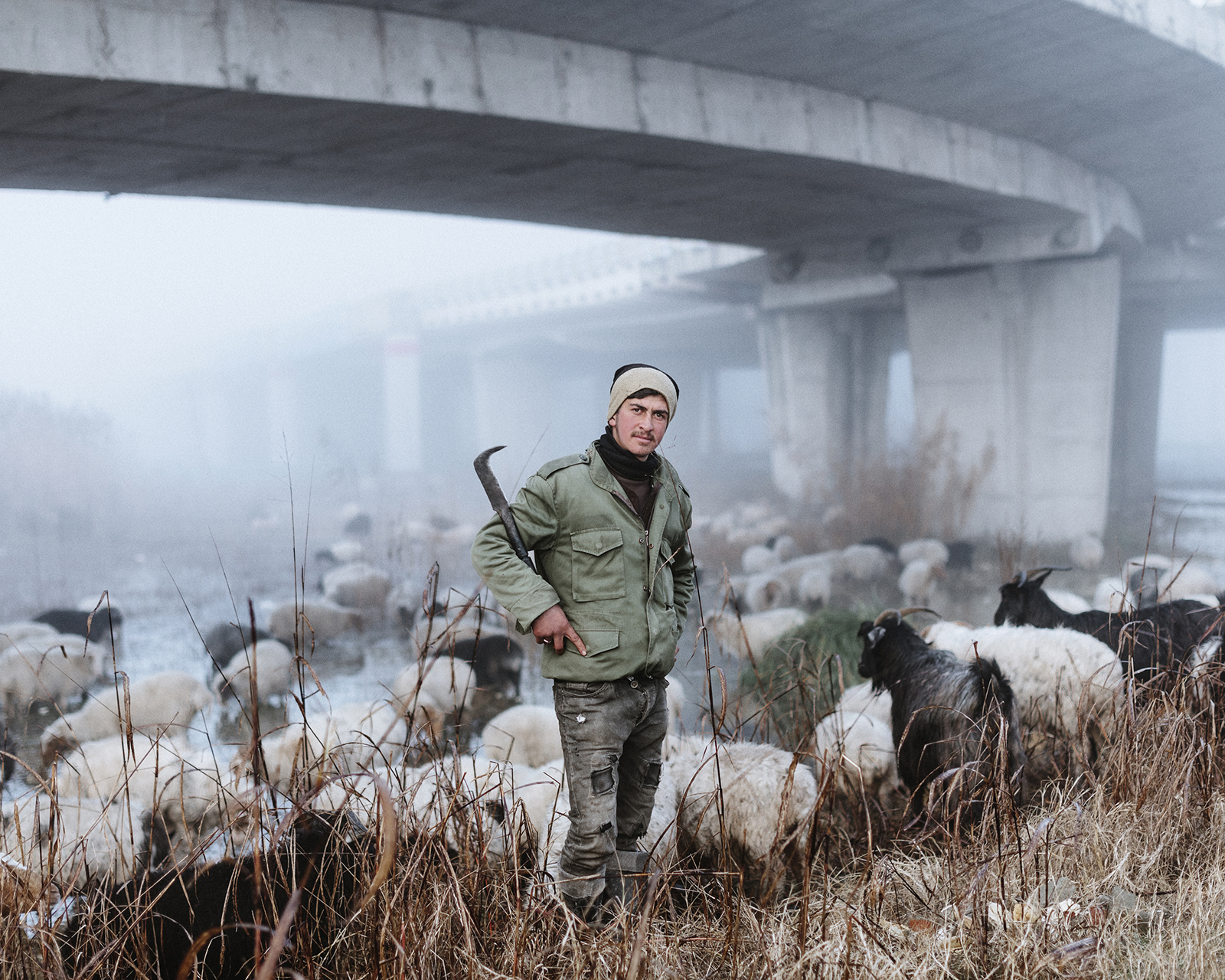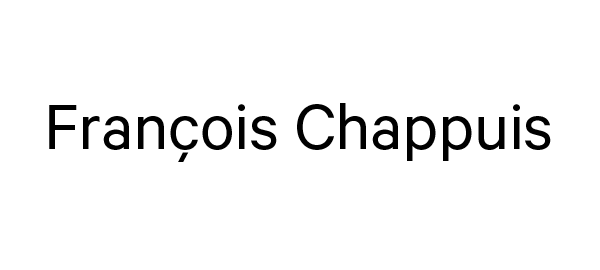
Khashayar Javanmardi
○● Khashayar Javanmardi (* 1991) is an Iranian lens-based artist. Javanmardi’s poetic depictions of the Caspian Sea reflect his upbringing along its shorelines, the urgent pressure of climate change and environmental degradation on this important body of water, and the lives that persist on its banks. He uses the body of water to communicate about culture and politics. Javanmardi’s sympathetic documentary voice captures both the mystery and poetry of the Iranian coastline, but also the stark contrast of pollution and destruction of the natural environment. He left Iran due to his political and cultural beliefs, Javamardi’s Caspian work also speaks of the contradictions of his homeland. Javanmardi is now based in Lausanne, Switzerland.
Schweiz/Iran
Website









●▷ Nächstes Portfolio
○● TruePicture wird unterstützt von
○● TruePicture Partner
○● TruePicture
Verein für Fotojournalismus E.V.
Strittackerstrasse 23a
8406 Winterthur
Schweiz
+41 78 622 08 11
info@truepicture.org
© TruePicture / Die Fotograf*innen 2023






